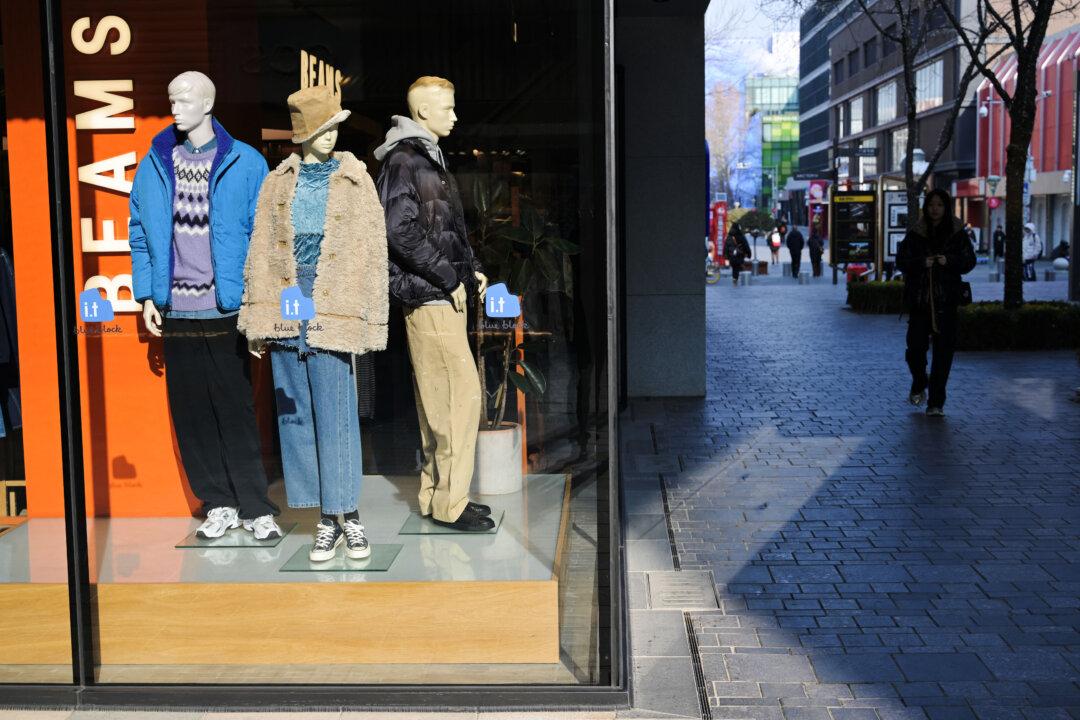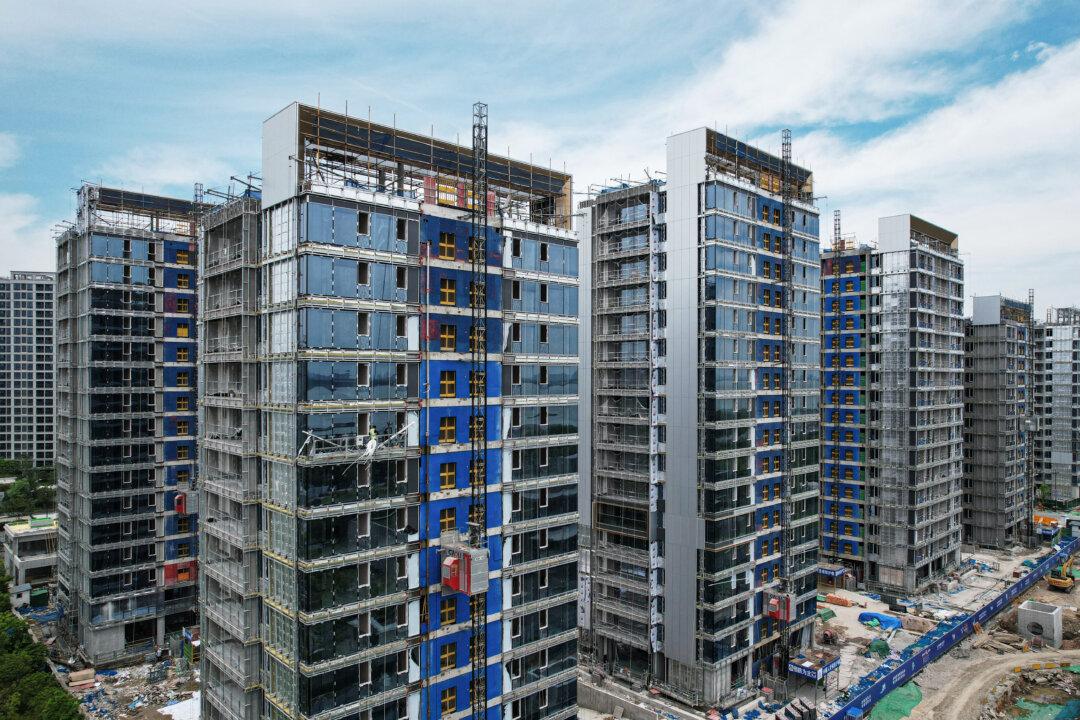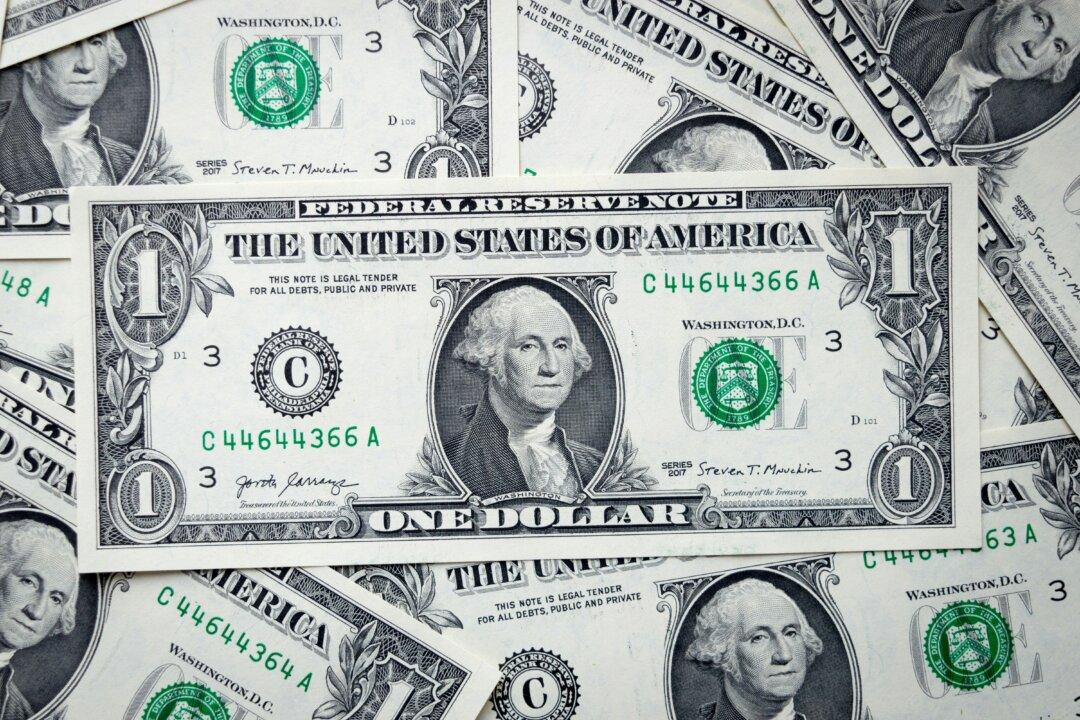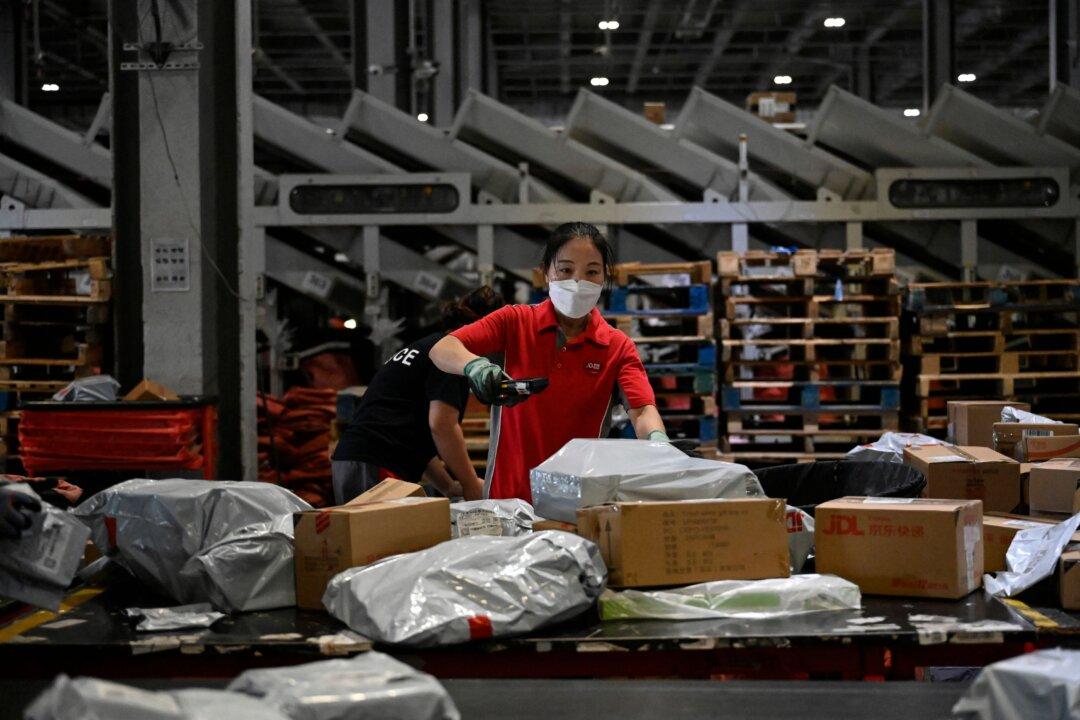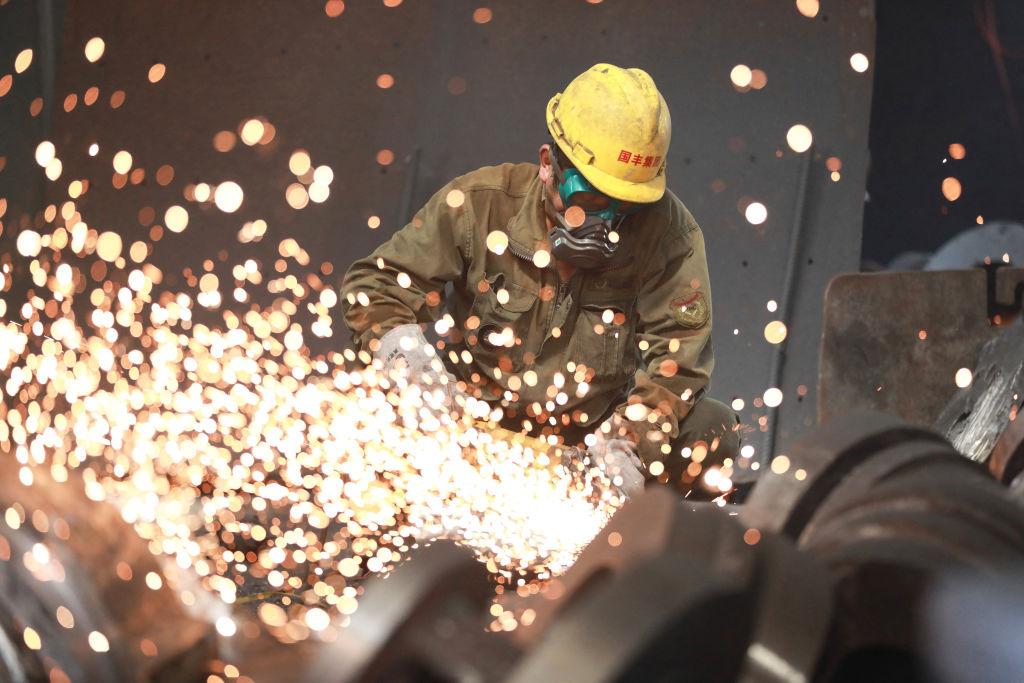News Analysis
China’s consumer price rebound in February—the first in six months—offers only temporary relief from deflationary pressures on the economy, experts say. They caution that the economy still faces challenges and urge policymakers to adopt a more proactive approach.
